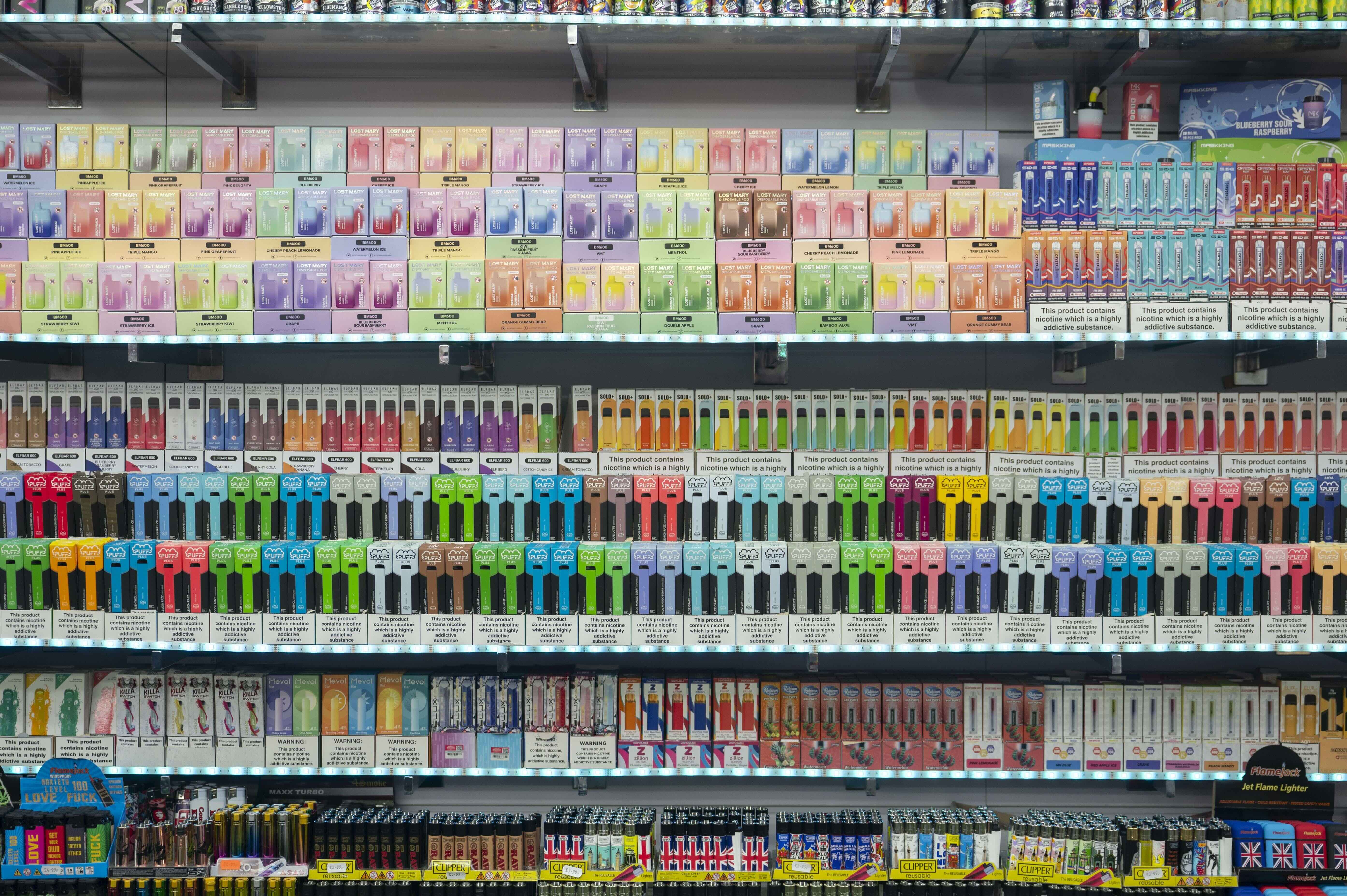
Business & Economics
Australia’s young people are getting lonelier

For the first time, the annual HILDA survey has explored who is using vapes and e-cigarettes. And it’s Australia’s young people getting hooked
Published 12 February 2024
Since the Household, Income and Labour Dynamics in Australia (HILDA) Survey began in 2001, the smoking, drinking and illicit drug use habits of Australians across the country have been recorded.
Now, the HILDA survey dives deeper into how Australians are using e-cigarettes and vaping devices – and how often.

The latest HILDA findings clearly show that younger Australians are the ones who are most likely to use e-cigarettes and vapes, putting themselves at risk of damaging health effects.
While 14.1 per cent of Australians over the age of 15 have tried e-cigarettes or vaping, HILDA finds they are most popular with 15 to 24-year-olds, closely followed by people in their late 20s.
Young people between the ages of 15 and 19 are 13.8 per cent more likely to use e-cigarettes and vapes than 30 to 39-year-olds, and they are 29 per cent more likely to use these products than people aged 60 and over.

Business & Economics
Australia’s young people are getting lonelier
The HILDA Survey follows the lives of more than 17,000 Australians each year, over the course of their lifetime, collecting information on many aspects of life in Australia, including household and family relationships, income and employment, and health and education.
The latest HILDA data was collected in 2021 – but more recent statistics suggest vaping rates among younger Australians may now be even higher.
The Australian Secondary Students’ Alcohol and Drug Survey (ASSAD), released in December 2023, found 29.9 per cent of young Australians aged 12 to 17-years-old have tried e-cigarettes and vaping devices.
Professor Roger Wilkins, Deputy Director of the Melbourne Institute: Applied Economic & Social Research and HILDA Survey Co-Director, says vaping is “very much a young person phenomenon”.
“I think the rise in vaping has been driven by the high price of cigarettes – younger people can’t contemplate spending $AU50 or $AU60 on a packet of cigarettes.
“Vaping is an affordable and accessible form of rebellion or experimentation,” he says.

The HILDA data shows people who smoke tobacco are 19.3 per cent more likely to use e-cigarettes or vapes than people who don’t smoke. Couples with dependent children are slightly less likely (3.3 per cent) than couples without children to vape.
All else being equal, First Nations people and immigrants from non-main English-speaking countries are less likely to vape than non-First Nations, Australian-born people.
And if we look across the country, New South Wales has the highest number of people who vape and use e-cigarettes.

Business & Economics
The ‘perfect storm’ causing Australians psychological distress
Living in a major urban area is associated with a greater likelihood of vaping, as is having a lower level of education. On the other hand, people who aren’t in the workforce are 1.5 per cent less likely to use e-cigarettes and vaping devices than those who work.
Professor Wilkins says the appeal of vapes and e-cigarettes to younger Australians is a significant health concern mainly due to the unknown health consequences of inhaling the ingredients that make up these products.
To tackle this trend, in January this year, new government regulations came into force aimed at severely restricting access to vapes and e-cigarettes.
Essentially, these regulations ban the personal importation of disposable vapes and more tightly control the importation and manufacture of therapeutic vapes used to help people quit smoking.
Additionally, new product standards are also being imposed on therapeutic vapes.

Professor Tony Blakely, Head of the Population Interventions Unit at Melbourne School of Population and Global Health, says the new regulations are timely and much needed.
“This rapid increase in people trying vapes and the messy situation with availability – for example, legal retail outlets illegally selling nicotine-containing vapes and GPs prescribing very little nicotine-containing vapes to smokers who may have tried other cessation aids, has led the current Federal Government, supported by State Governments, to tighten up access, and that is appropriate,” he says.
“However, while it is ridiculous to allow young non-tobacco smokers to become addicted to vapes containing nicotine for no good reason, the harms from vaping are likely much less (10 to 20 per cent) of the harms of smoking tobacco.

Business & Economics
More Australian adult children are living with their parents longer
“So, for people hooked on smoking tobacco who can only quit through substituting nicotine-containing vapes, they can be a good thing. The problem is the collateral damage caused by ready access to vapes for young people and non-tobacco smokers.”
Professor Wilkins also believes the government’s new regulations are a step in the right direction but create a public health tension.
“As long as the laws are vigorously enforced, I’d be surprised if they don’t reduce the prevalence of vaping, particularly for younger people,” says Professor Wilkins.
“However, as with illicit drugs, quality can deteriorate by virtue of the drugs being illicit and unregulated. If the illicit consumption of vapes continues, people will be vaping unregulated substances.
“The new regulations may reduce the prevalence of vaping but for those who continue, vaping may become riskier as people are driven to buy their products from potentially dangerous sources.”
Banner: Getty Images